China’s AI Surge Accelerates Under U.S. Controls, 40% of Global AI Models Now Chinese-Made
Input
Changed
Global AI Market Entrenched in U.S.-China Duopoly Open-Source Strategy for Global Market Penetration Chinese AI Ecosystem Bolstered by Papers and Patents
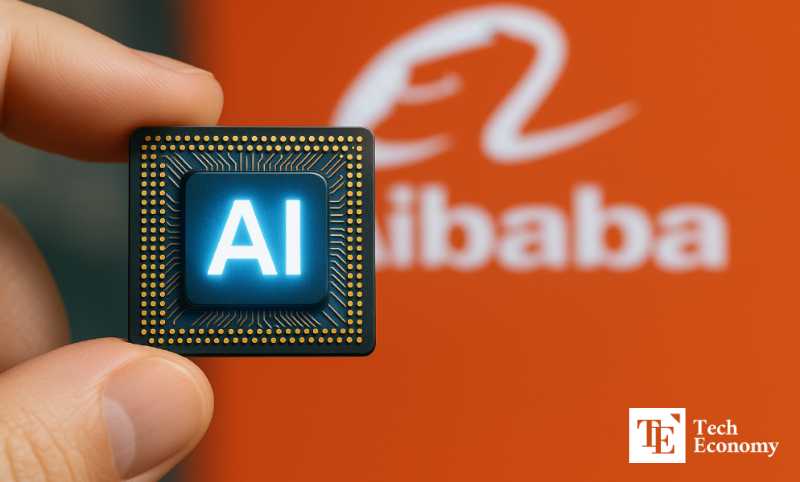
Chinese companies are rapidly consolidating their foothold in the global AI market by rolling out cost-efficient, high-performance models. Since the “DeepSeek shock” in January, not only major Chinese tech conglomerates but also AI startups have unveiled systems rivaling those of U.S. big tech. In particular, Chinese firms are aggressively promoting their AI through open-source distribution, embedding Chinese models across industries worldwide.
Alibaba Unveils Trillion-Parameter ‘World’s Largest Language Model’
According to industry sources on September 9, Alibaba introduced the Qwen-3-Max-Preview, a trillion-parameter large language model (LLM), on September 6—the largest to date. Comparable to OpenAI’s ChatGPT, Qwen was first launched in April 2023 and has since been integrated across Alibaba’s services. Qwen2 followed in June 2024, with Qwen2.5 unveiled in July, and Qwen3 released this past April. Qwen3 employs a Mixture of Experts (MoE) architecture with 235 billion parameters, significantly enhancing reasoning abilities and showing strong competitiveness in mathematics and coding.
Qwen’s market traction accelerated after the release of Qwen3. The newly announced Qwen-3-Max-Preview is accessible via Alibaba Cloud. The company expressed confidence in its competitiveness in the closed LLM market, claiming in internal tests that Qwen-3-Max outperformed its own previous “best” model. Alibaba also asserted that it surpassed rivals—including Anthropic’s Claude Opus 4, DeepSeek’s V3.1, and Moonshot AI’s Kimi K2—across five benchmark tests.
Cost-Effective Chinese AI Models Flood Market
Beyond Alibaba, other Chinese players are intensifying their AI rollout. Startup Z.ai (formerly Zhipu AI) launched its GLM-4.5 model in late July, reporting higher scores than Anthropic’s Claude 4 Sonnet and Google’s Gemini 2.5 Pro in internal evaluations. Z.ai emphasized operational efficiency, noting that the model can run on just eight of Nvidia’s older H20 chips—whereas DeepSeek’s R1 model requires around sixteen A100 chips.
At the World Artificial Intelligence Conference (WAIC) in Shanghai, new Chinese models were showcased in force. Tencent unveiled the “Hunyuan 3D World Model 1.0,” capable of generating virtual 3D scenes from text or images, aimed at simplifying VR and video game production. SenseTime introduced its multimodal AI “SenseNova V6.5,” which processes images, voice, and video, and boasts over 35% improved throughput during inference. The firm claimed its performance exceeds that of Google and Anthropic counterparts.
Performance is paired with affordability. Moonshot AI launched “Kimi K2” this month, touting coding performance surpassing ChatGPT and Claude. Nature described Kimi K2 as “another DeepSeek moment,” underlining its disruptive potential. Usage costs reportedly remain as low as DeepSeek’s.
Observers note that China’s momentum stems from its commitment to open-source. Unlike U.S. firms such as OpenAI, Google, and Anthropic, which operate closed models, Chinese players—including DeepSeek, Tencent, and Moonshot AI—release their models openly. This fosters rapid iteration by developers worldwide, accelerates the discovery of flaws, and supports derivative applications. Alibaba’s Qwen alone has spawned more than 100,000 variants. The Economist noted that “Chinese companies and the state have embraced open-source as the fastest path to narrowing the gap with the U.S.” The strategy dovetails with Beijing’s broader effort to shield its AI industry from U.S. restrictions.
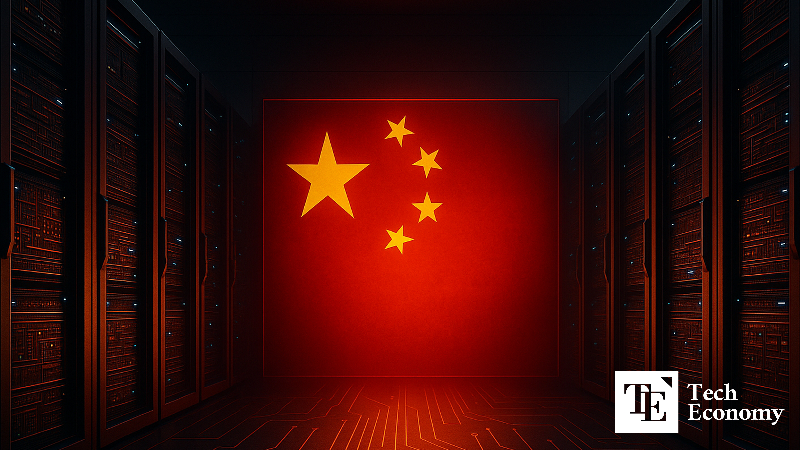
China Produces One-Quarter of Top AI Models
China’s rise has cemented the U.S.-China duopoly. According to Artificial Analysis’ Intelligence Index, Elon Musk’s xAI Grok-4 ranked first with a score of 73, followed by OpenAI’s o3-pro (71) and Google’s Gemini 2.5 Pro (70). Rounding out the top five were OpenAI’s o3 and o4-mini high (both 70). All were U.S.-developed.
China’s highest entry, DeepSeek’s R10528 (68), placed sixth. Other Chinese contenders in the top 20 included Alibaba’s Qwen3, MiniMax, Moonshot AI’s Kimi K2, and DeepSeek V3. In total, the U.S. fielded 14 models, while China secured five. France’s Mistral AI was the sole non-U.S., non-Chinese player, with its Magistral Small.
Beijing’s ascent reflects its quantitative edge in research output. According to the Dimensions database, China produced 23,695 AI-related papers and filed 35,423 patents in 2024 alone—roughly half of all global publications and 13 times the combined output of the U.S., U.K., Canada, Japan, and South Korea.
Still, analysts caution that U.S. dominance remains intact. American firms continue to hold overwhelming market share with products like ChatGPT and also dominate the AI chip sector. “Chinese models still lag in performance, and U.S. companies retain control over the hardware ecosystem,” one industry expert noted. “But with massive state backing, China’s rapid progress represents a growing strategic threat to U.S. leadership.”



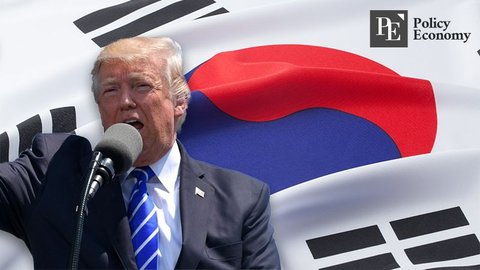


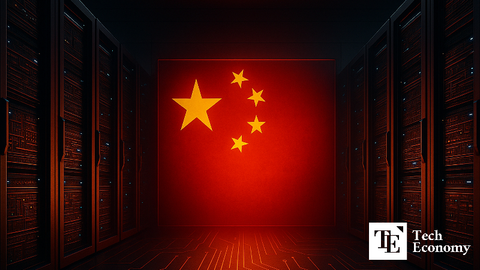

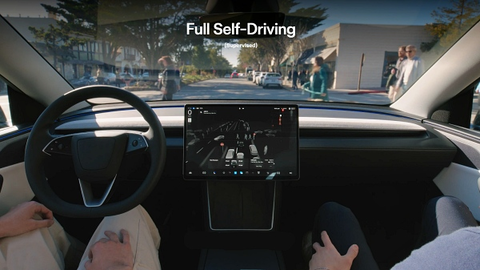
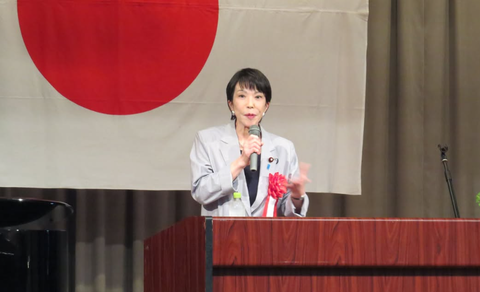












Comment